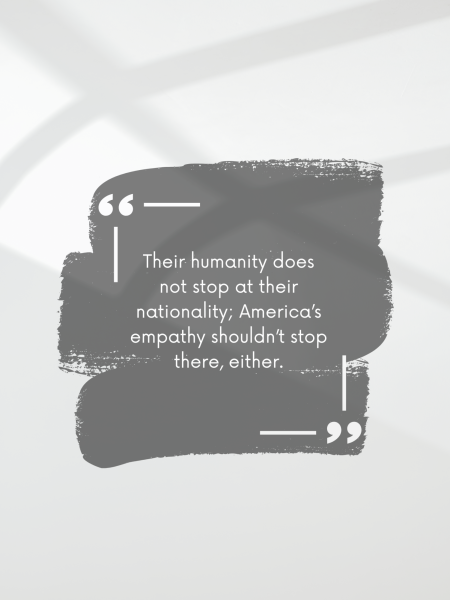Notre Dame donations face backlash among other crises

On April 17, just days after the fire at the Notre Dame in Paris, President Donald Trump spoke with the Pope and gave his condolences to the people of France while pledging $1 billion to help rebuild the centuries-old Catholic cathedral.
Billionaires around the world have also pledged over $1 billion to fix the church, which belongs to one of the wealthiest religious organizations in existence. According to abc.net, the Catholic Church is worth $30 billion, which is more than enough to fix Notre Dame. While the Notre Dame is historically important, this money to fix the church could easily fix many of the human crises around the world.
One of these is the infamous Flint water crisis. In 2014 the city officials of Flint, Michigan, decided to switch the city’s main source of water to the untreated waters of the Flint River, run by lead pipelines. This began the quick decline of the quality of drinking water in the city.
Over 100,000 people there have been exposed to lead-contaminated water and, according to michiganradio.org, government officials have continually ignored citizens asking for help. This crisis started four years ago and the government has still done nothing. The estimated cost to fix the pipelines is in the millions, according to bridgemi.com; a cost less than one-fourth of the amount of money donated to rebuild Notre Dame.
Another issue is the Great Pacific Garbage Patch, a mass between the coasts of California and Japan that spans twice the size of Texas. The patch is comprised of the Western Garbage Patch, between the coasts of California and Hawaii, and the Eastern Garbage Patch off the coast of Japan, according to nationalgeographic.org.
Every year at least 136,000 sea animals die from ocean debris-related causes. This is another issue that our government and most businesses in the U.S. have put no effort into resolving. The projected cost of cleaning the garbage patch is $122-489 million. This is no more than half of donations to the reconstruction of Notre Dame.
These are just a couple of the many causes that the U.S. government could spend money on. Doing so would be for the betterment of the United States and its citizens, and both of them combined cost less that what was pledged to Notre Dame. While the Notre Dame is a historically and religiously significant building, its burning down has not caused any physical harm to the surrounding areas or the people of France, let alone the people of the United States.
The destruction of Notre Dame has brought to light that millionaires and billionaires have the money to help fix other issues in our country, or in the rest of the world. There are issue to address that are causing physical harm to people. But giving to those causes does not benefit the wealthy in the same way — giving money for Flint or for garbage clean-up would not be as widely broadcast. The reconstruction of Notre Dame is not the most important thing on the table for anyone with money to be fixing.










